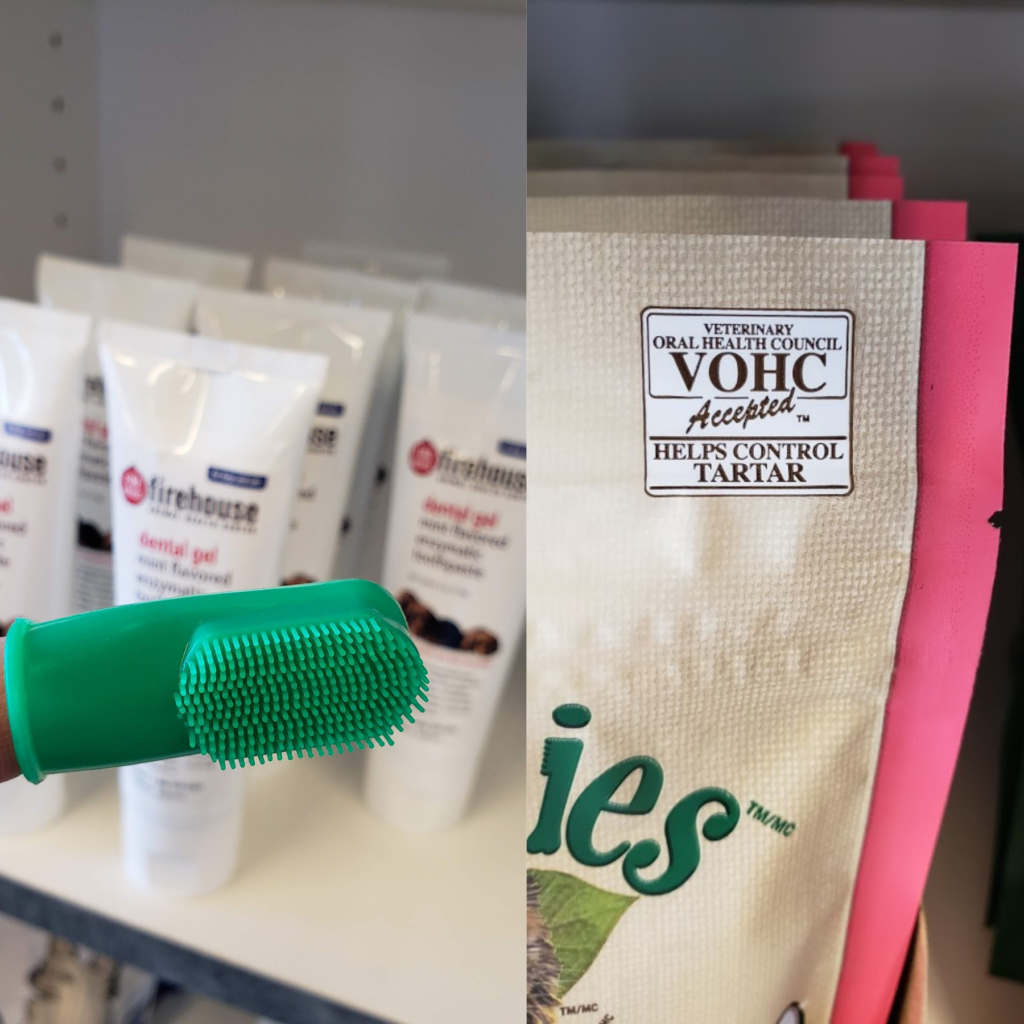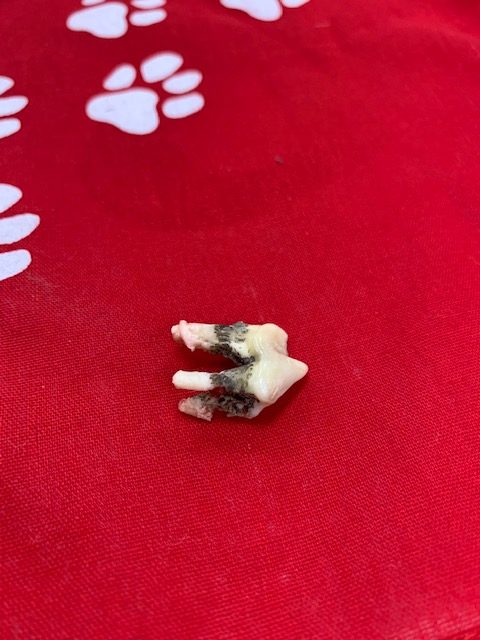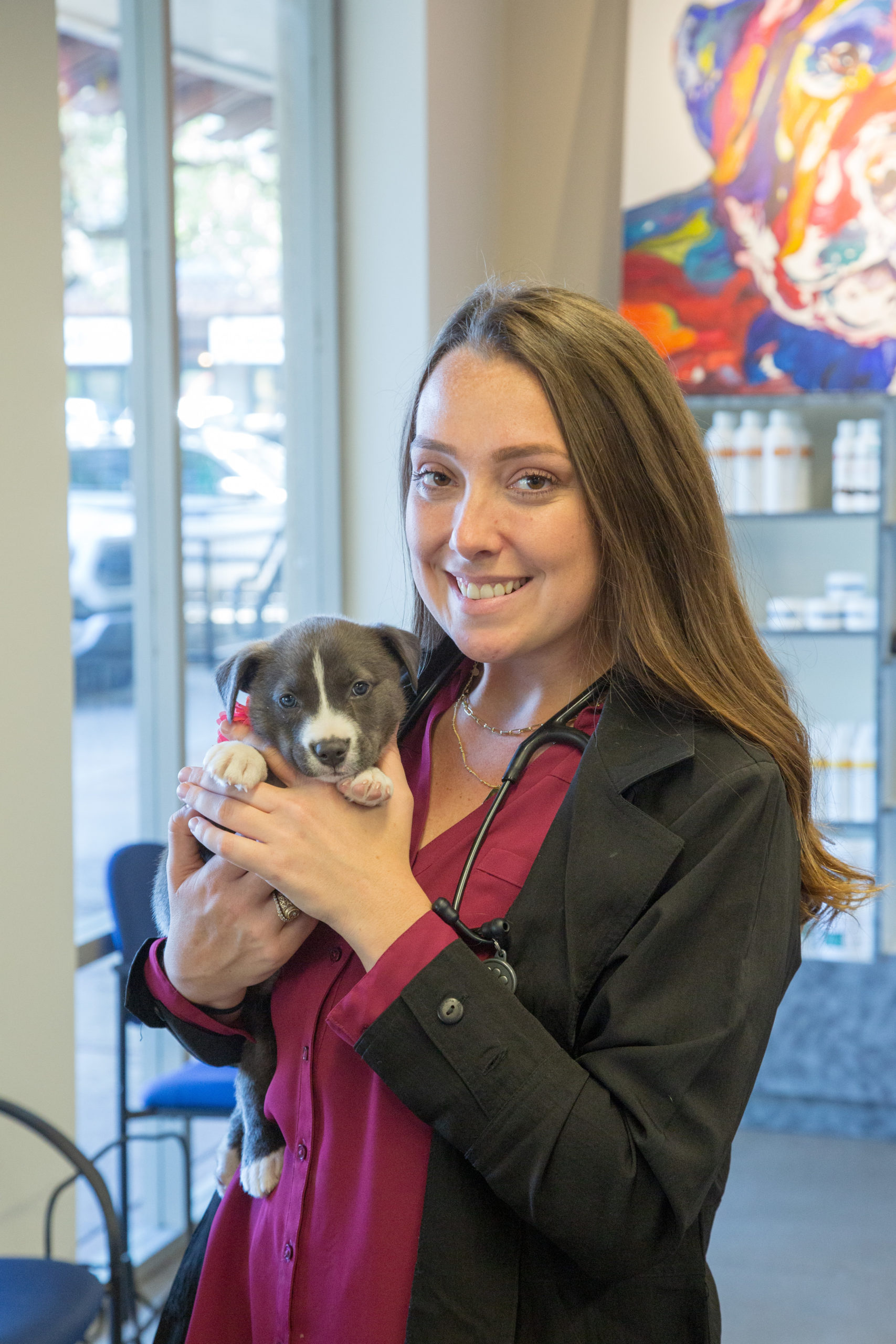2.5 min read
Brushing is a good habit to form as part of pet dental care. It’s a nice addition to professional cleanings.
While there are a lot of tricks we can teach our pets, brushing their own teeth is not one of them. Alas, this task falls to owners.
Get started with a pet toothbrush and paste
Look for a soft-bristled toothbrush (emphasis on soft) with small-diameter nylon bristles (hard bristles can damage the gums).
Firehouse sells toothbrushes. They’re also sold at pet stores. Some can be very large. So, if you own a cat or small dog, choose a finger brush or a brush developed specifically for cats, which also works well for small dogs.
Choose a toothpaste specifically made for pets. Firehouse recommends using one with the VOHC logo to confirm it’s been vetted by a trusted organization. Pet toothpastes come in flavors that appeal to animals, such as beef or chicken.
Don’t use human toothpaste. It can contain xylitol, a sugar substitute that is toxic to dogs. Even if your toothpaste isn’t sugar-free, it can have foaming agents that can cause an upset stomach if swallowed. So be sure to buy a pet-friendly toothpaste.

A finger brush (left) and the VOHC logo on a product (right), showing the Veterinary Oral Healthcare Council has vetted the product as high quality.
Build your brushing routine slowly
Maintaining good pet oral health is easier than it seems! First, don’t forget your pet’s yearly dental cleaning at the vet. Second, add brushing to your routine.
This will be a gradual process. Ideally, you’ll start in the puppy and kitten phase. Yet, it’s still possible to build a positive regimen if you’re starting later in your cat or dog’s lifespan!
- Start by letting your pet lick the toothpaste off your finger.
- Next, introduce the toothbrush. Let your pet lick the paste off his or her new toothbrush.
- Graduate to brushing the teeth after a few days. Run the brush over the teeth for 30-seconds.
- Praise your pet at each step to associate brushing with a positive experience.

Brushing is the first step to keeping your pet’s teeth healthy. Rotten teeth cause pain and leads to tooth extractions as seen above.
Healthy mouths = healthy bodies
Healthy teeth keep bacteria out of your pet’s body and staves off pet dental disease. In fact, it helps prevent a lot of diseases! That’s because swallowed tooth bacteria enter your pet’s bloodstream and harms their organs (heart, liver, and kidneys).
So, while daily brushing is the first step to overall good pet health, it’s not a substitute for yearly check-ups and cleanings at Firehouse.
This is especially true for “smooshy face” dog breeds like pugs and Frenchies or cat breeds including Persian, Scottish Fold, and Himalayan. That’s because these breeds have the same number of teeth but crowded into a smaller space. Their teeth are twisted to fit and don’t have the protective gum tissue that normally surrounds each tooth. This results in lots of places where debris can linger. Yearly dental cleanings at Firehouse are a must for these breeds.
90% of Firehouse docs don’t brush their pets’ teeth
You read that right! Yet, all Firehouse docs bring their cat and dog to the hospital once a year for an annual teeth cleaning under anesthesia.
We’re here to answer your tooth brushing questions. Need some advice? Ready to make your pet’s yearly check-up? Call us anytime. We’re here for you 24/7.
For more information, you can view these short videos from Dr Stacy Mozisek.

What’s the craziest pet toothpaste flavor you’ve seen? “Seafood flavored! Not quite the fresh scent I’d choose for my pet’s mouth.” – Dr Faith Weeks, Firehouse Westlake
